A new article, Michigan needs coordination, collaboration spending opioid funds, highlights CHRT’s mixed methods research on opportunities to speed substance use recovery through opioid settlement fund investments.
In Gaps and opportunities for substance use recovery: Considerations for spending opioid settlement funds, CHRT highlights guidance from the state’s recovery support providers, including many with lived substance use recovery experience, about ways state and local leaders could invest opioid settlement funds to address gaps in the state’s substance use disorder recovery care system.
Bridge Michigan health reporter Robin Erb writes, “Reversing an overdose — yanking someone back from the brink of death — can take minutes. Recovery takes years.” Substance use addiction isn’t easy to “cure.” It’s best to look at it as a chronic condition, one that requires ongoing treatment and support.
Melissa Riba, CHRT’s research and evaluation director and lead author of the report, says people in recovery need wraparound support to be successful. Sometimes this means transportation to group meetings, or supportive housing environments, or medication.
And just because someone isn’t ready to quit right now doesn’t mean they don’t need services. In fact, the evidence says that syringe exchanges, naloxone distribution, and other harm reduction efforts are a great way to build trust and dialogue with substance users so when they’re ready to quit, they already have a network to support them.

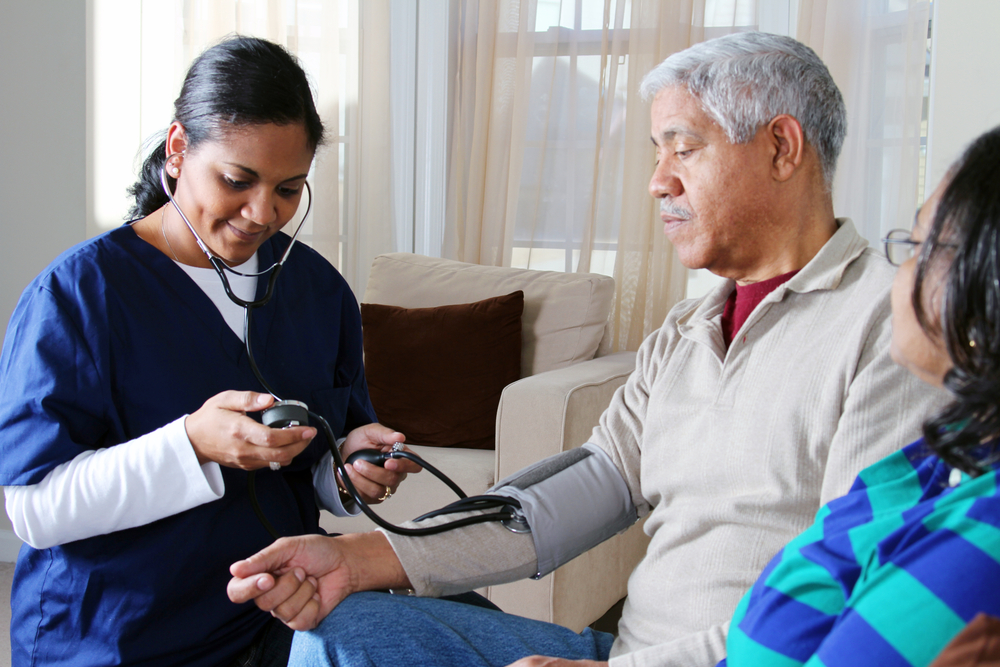

 Bridge Michigan quoted
Bridge Michigan quoted 
 Bridge Michigan’s Robin Erb and Makayla Coffee quote
Bridge Michigan’s Robin Erb and Makayla Coffee quote 
 In a November Bridge Michigan opinion article,
In a November Bridge Michigan opinion article, 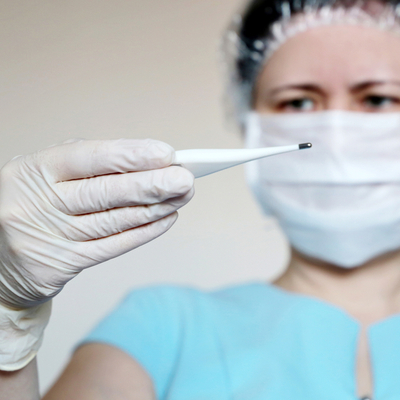
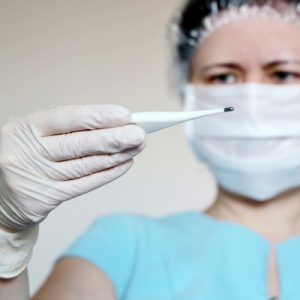 Nursing homes that escaped the virus “took COVID-19 very seriously from day one,”
Nursing homes that escaped the virus “took COVID-19 very seriously from day one,” 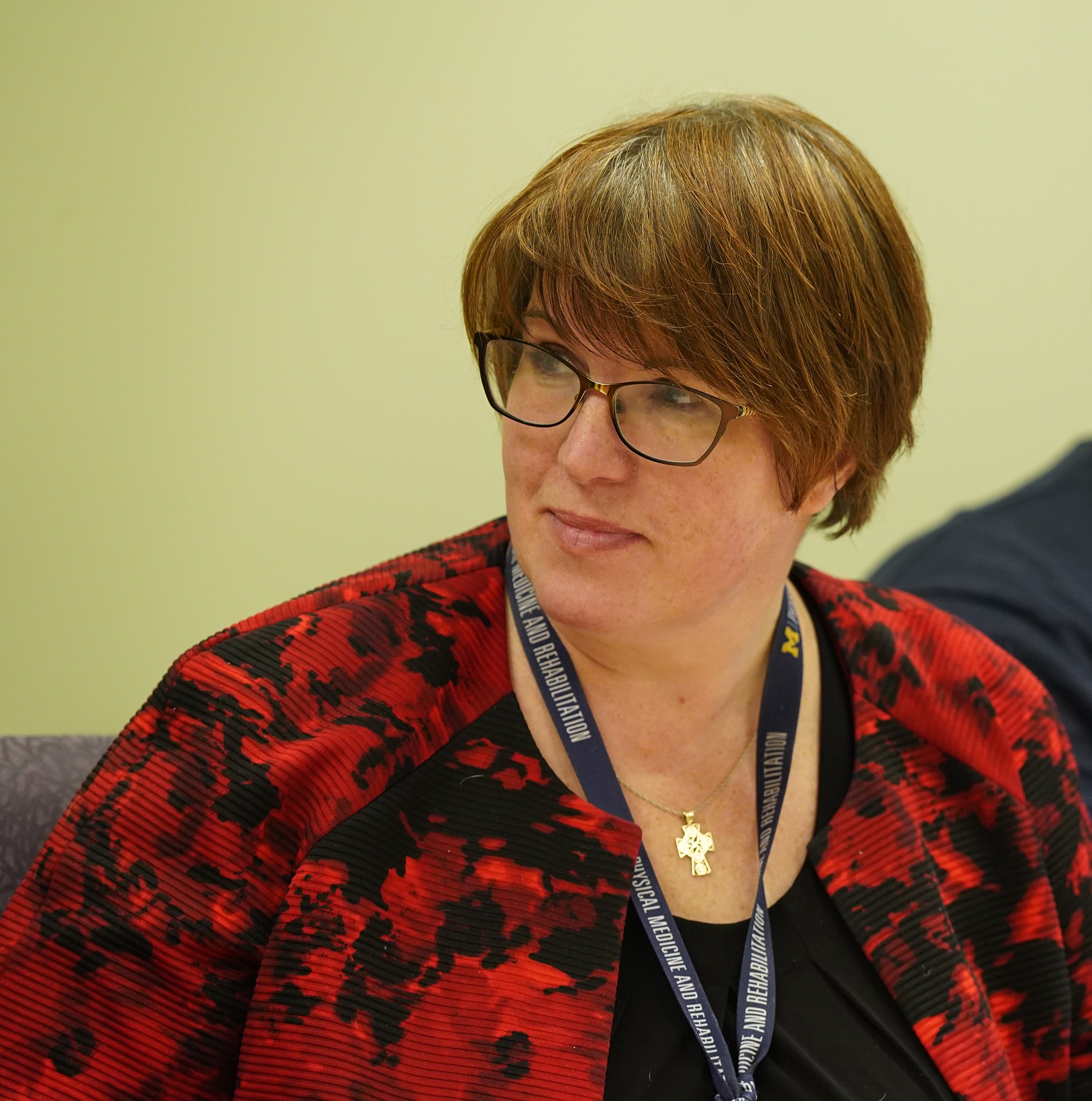
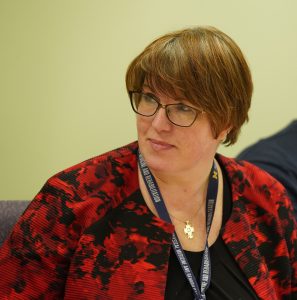 Michelle Meade, co-director of the Center for Disability Health and Wellness at U-M and one of CHRT’s 2020 health policy fellows, is in Bridge Magazine. “They care for Michigan’s most vulnerable; we should care for them,” writes Meade, referring to the caregivers who have shown up to support “the lives, health, and functioning of others” during the coronavirus pandemic and, in the process, “put their own health and lives at risk.”
Michelle Meade, co-director of the Center for Disability Health and Wellness at U-M and one of CHRT’s 2020 health policy fellows, is in Bridge Magazine. “They care for Michigan’s most vulnerable; we should care for them,” writes Meade, referring to the caregivers who have shown up to support “the lives, health, and functioning of others” during the coronavirus pandemic and, in the process, “put their own health and lives at risk.”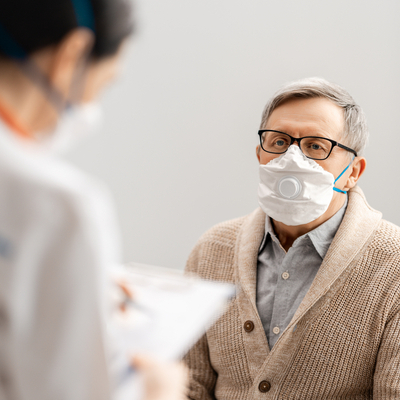
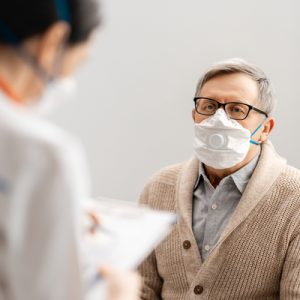 In
In 
 The novel coronavirus is not only causing massive stress on hospital systems, but it is also threatening the existence of independent practices in Michigan. Ted Roelofs, in his latest story for Bridge Magazine, shares that as cases started to increase, and social distancing rules were implemented in March, private practices saw a dramatic decline in patients and revenue.
The novel coronavirus is not only causing massive stress on hospital systems, but it is also threatening the existence of independent practices in Michigan. Ted Roelofs, in his latest story for Bridge Magazine, shares that as cases started to increase, and social distancing rules were implemented in March, private practices saw a dramatic decline in patients and revenue. 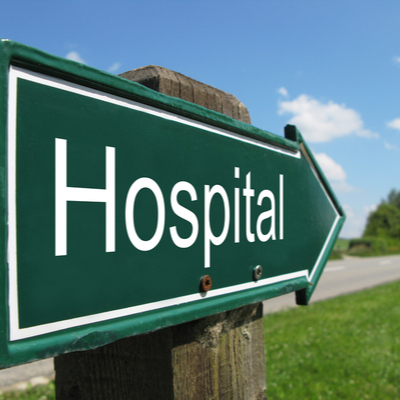
 As the COVID-19 pandemic forces hospitals to focus on essential procedures, reducing revenues at healthcare facilities across Michigan, many rural hospitals are struggling to stay open. In this Michigan Health Watch series, Bridge Magazine’s Ted Roelofs examines some of the ways the coronavirus response is squeezing operating margins for rural healthcare providers, even if they may not be treating many COVID-19 patients.
As the COVID-19 pandemic forces hospitals to focus on essential procedures, reducing revenues at healthcare facilities across Michigan, many rural hospitals are struggling to stay open. In this Michigan Health Watch series, Bridge Magazine’s Ted Roelofs examines some of the ways the coronavirus response is squeezing operating margins for rural healthcare providers, even if they may not be treating many COVID-19 patients.